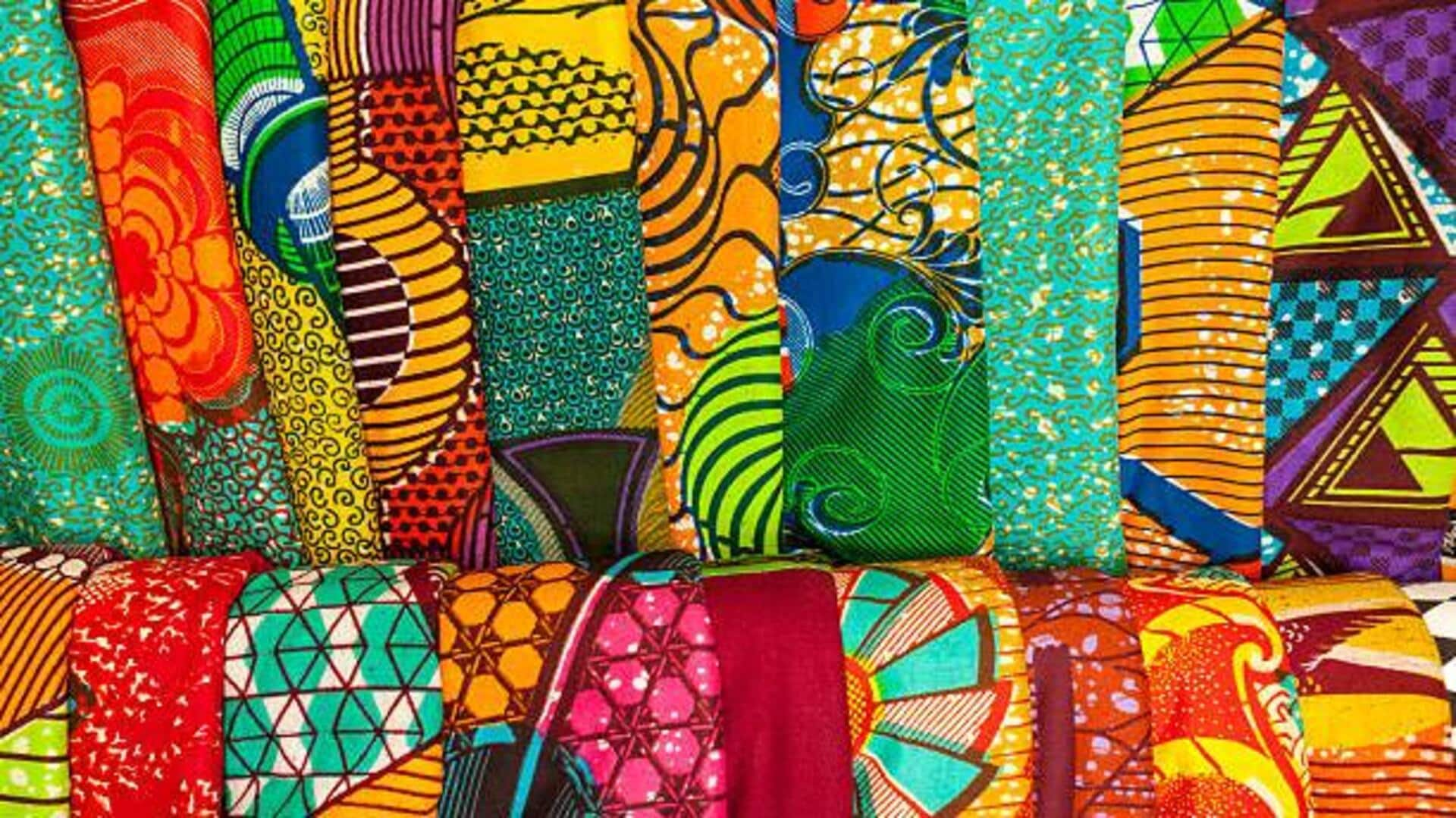Symbols in African textiles: Identity, tradition, and art
What's the story
African textiles are rich with history and culture, often carrying hidden meanings in their intricate patterns.
More than just decorative, these textiles serve as a form of communication, conveying messages about identity, status, and community values.
Each pattern tells a story or represents a specific idea, making these fabrics an integral part of African heritage.
Understanding the symbolism behind these patterns offers insight into the diverse cultures across the continent.
Kente cloth
Symbolism in kente cloth
Kente cloth is perhaps the most famous African textile, hailing from Ghana.
The vivid colors and geometric patterns all have specific meanings. For instance, gold signifies wealth and royalty, while blue stands for peace and harmony.
The combination of the colors in different patterns can represent different proverbs or historical events.
Kente is mainly worn at important ceremonies and celebrations to show respect and honor.
Adinkra symbols
Adinkra symbols: Visual language
Adinkra symbols are another visual language used in West Africa, especially by the Akan people of Ghana.
They are often stamped on fabric using carved calabash stamps dipped in dye from tree bark.
Each symbol has its own meaning, for instance, Gye Nyame means the supremacy of God while Sankofa encourages learning from the past.
Adinkra cloths are usually worn at funerals to express feelings about life and death.
Mud cloth
Bogolanfini: Mud cloth tradition
Bogolanfini or mud cloth is a traditional Malian textile where fermented mud is used to make intricate designs on cotton fabric.
The process involves applying the mud on fabric dyed with plant extracts so that contrasting patterns are formed once washed off.
Each design element carries a cultural significance, for instance, zigzag lines could symbolize life's journey or struggles of people in society.
Kuba cloth
Kuba cloth: Raffia artistry
Kuba cloth is made from the Democratic Republic of Congo and features raffia palm fibers woven into intricate patterns by artisans called Kuba.
The intricate geometric patterns often represent social status or clan affiliation in communities where the textile is an integral part of significant rituals such as weddings or transitions into adulthood stages among young men taking on manhood roles within social structures across Central Africa regions today!
